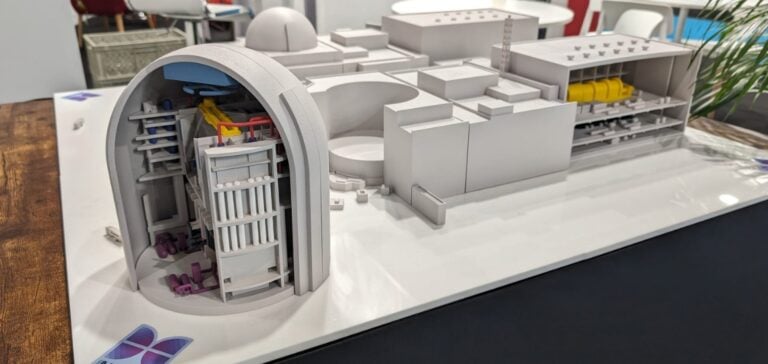Nuclear technology takes a major step forward with the development of the Candu Monark reactor. This innovation builds on the proven features of existing Candu reactors, while incorporating modern, advanced engineering solutions. With its 1,000MW power increase and 70-year extended operational life, the Candu Monark marks a turning point in the nuclear industry. Sustainable design minimizes environmental impact, while the adoption of the latest technologies in robotics, predictive maintenance and integration with flexible power grids heralds a new era for the energy sector.
Cost and Construction: A Strategic Evolution
The Candu Monark design places particular emphasis on reducing construction, operation and maintenance costs. The technology is designed for complete interoperability with digital twin technology, facilitating these processes. The modular construction strategy, combined with digital delivery concepts, promises faster and less risky construction. This reactor, described as the easiest to build, operate and maintain in Candu’s portfolio, represents a significant advance in nuclear construction efficiency.
Safety and Sustainability: Top Priorities
Candu Monark’s safety is further enhanced by a comprehensive ‘defense-in-depth’ system, comprising two independent and equally effective systems for shutting down the reactor without electricity or human intervention. The design builds on the strengths of existing Candu designs, including the use of natural uranium as a fuel source, power reloading and on-line maintenance. What’s more, its small footprint and flexible siting requirements allow it to be installed on existing fossil-fuel power plant sites, facilitating its integration into the energy grid.
Versatility and Global Impact
The Candu Monark is not limited to electricity generation. Its design enables the integration of a hydrogen production plant and a storage facility, as well as the use of excess heat from the power plant to make hydrogen production more efficient. Like today’s Candu reactors, it is also capable of producing medical radioisotopes, extending its field of application beyond energy production.
Canadian Nuclear Leadership
Ian Edwards, President and CEO of AtkinsRéalis, emphasizes that the development of the Candu Monark continues a “distinguished heritage” of over 70 years of innovation. The Canadian government is also supporting this breakthrough by providing export financing for the construction of additional Candu reactors at Cernavoda in Romania. Mary Ng, Canada’s Minister of Export Promotion, International Trade and Economic Development, says that Canadian nuclear technologies are recognized worldwide for their excellence. The new Candu Monark design ensures that Candu technology remains at the forefront of the growing interest in nuclear power as part of the clean energy transition.
The Candu Monark reactor, with its innovations in safety, efficiency and versatility, is a crucial pillar for a sustainable energy transition.






















